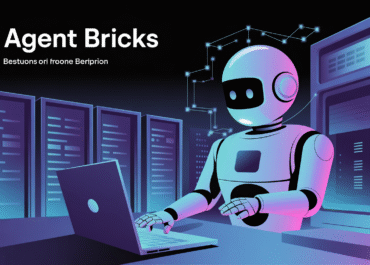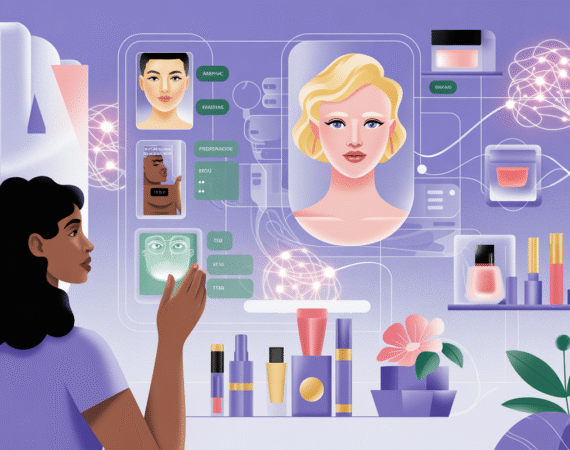AI's Rapid Ascent: Why Millions of Jobs Could Transform in 24 Months – Act Now!
The dawn of artificial intelligence has long promised revolutionary changes, but recent advancements, particularly in generative AI, are accelerating its impact at an unprecedented pace. What was once considered a gradual shift is now viewed by many experts as an impending transformation, with warnings that millions of existing jobs could face profound disruption or even obsolescence within the next 24 months. This isn’t just a future projection; it’s a current reality demanding immediate and decisive action.
The Unsettling Pace of AI Integration
Leading analyses from financial institutions and consulting firms underscore the urgency. The consensus points to AI’s burgeoning capacity to automate not just routine manual labor, but also complex analytical, creative, and even strategic tasks previously thought to be beyond machine capabilities. This rapid integration means that sectors ranging from administrative support and customer service to content creation, legal assistance, and software development are all feeling the ripples of change.
The 24-month timeframe isn’t a doomsday prediction but a critical window. It highlights how quickly industries are adopting AI tools to enhance efficiency, reduce costs, and innovate. While this creates new opportunities and roles, it simultaneously puts immense pressure on existing workforces to adapt, acquire new skills, or risk being left behind. The impact won’t be uniform, but its reach will be extensive, affecting economies globally.
The Imperative to Act: Strategies for Resilience
Given this swift timeline, procrastination is not an option. The moment to act is unequivocally now, and the responsibility falls on multiple stakeholders:
- For Individuals: Lifelong Learning is Non-Negotiable. Embracing continuous learning, upskilling, and reskilling is paramount. Focus on developing skills that AI currently struggles with, such as critical thinking, complex problem-solving, emotional intelligence, creativity, and interdisciplinary collaboration. Understanding how to leverage AI tools, rather than fearing them, will be a significant advantage.
- For Businesses: Transformative Leadership. Companies must invest in their human capital. This means providing training programs, fostering a culture of adaptability, and exploring how AI can augment human capabilities rather than simply replacing them. Businesses that proactively integrate AI strategically, focusing on innovation and workforce transformation, will gain a competitive edge. Ignoring the shift risks falling behind.
- For Governments and Educational Institutions: Proactive Policy and Curricula. Policymakers need to develop frameworks that support workforce transitions, potentially including social safety nets, incentives for AI training, and robust vocational programs. Educational institutions must rapidly update curricula to prepare the next generation for an AI-powered economy, focusing on digital literacy, STEM fields, and uniquely human skills.
Navigating the AI Frontier: Opportunity Amidst Challenge
While the prospect of widespread job transformation can be daunting, it’s crucial to remember that AI also brings immense opportunities. It can automate mundane tasks, freeing up human potential for more complex and creative endeavors. New industries and roles will emerge, requiring novel skill sets and innovative thinking. The challenge lies in managing this transition equitably and efficiently, ensuring that the benefits of AI are shared broadly.
The 24-month warning serves as a clarion call. It’s not a prediction of universal job elimination, but rather a strong signal that the nature of work is evolving at warp speed. By acknowledging this reality and acting decisively, we can navigate the AI frontier, turning potential disruption into a powerful catalyst for human advancement and economic growth.


